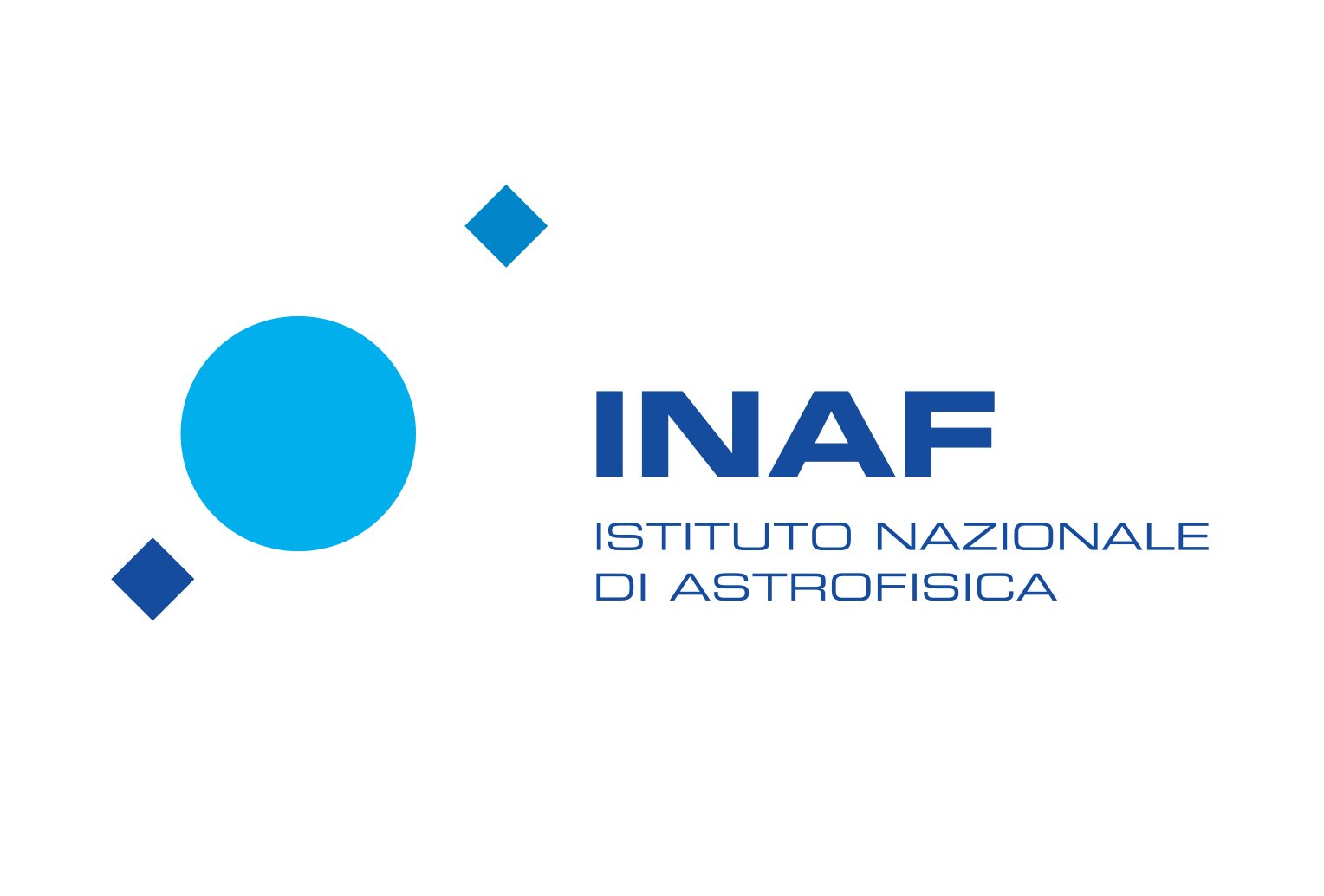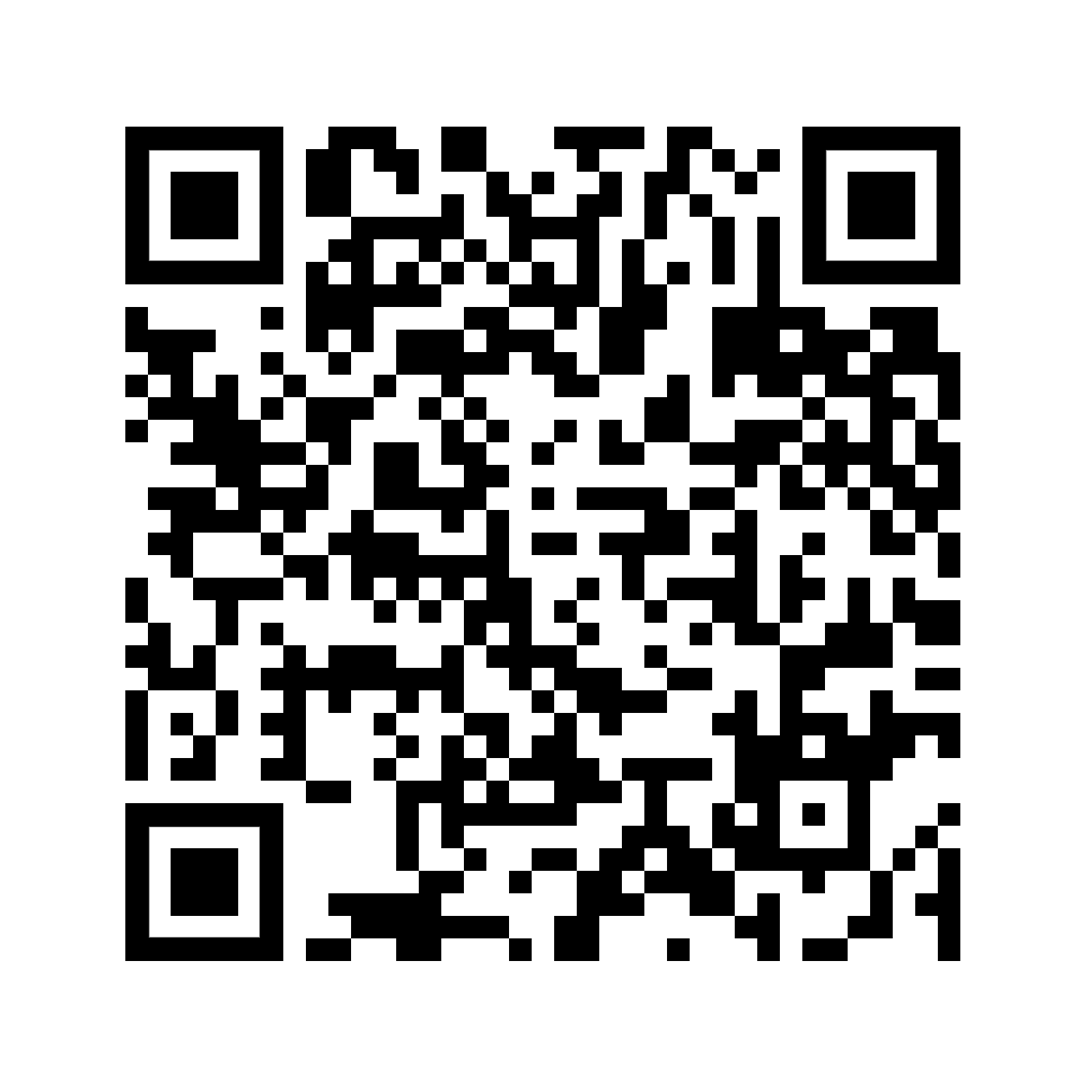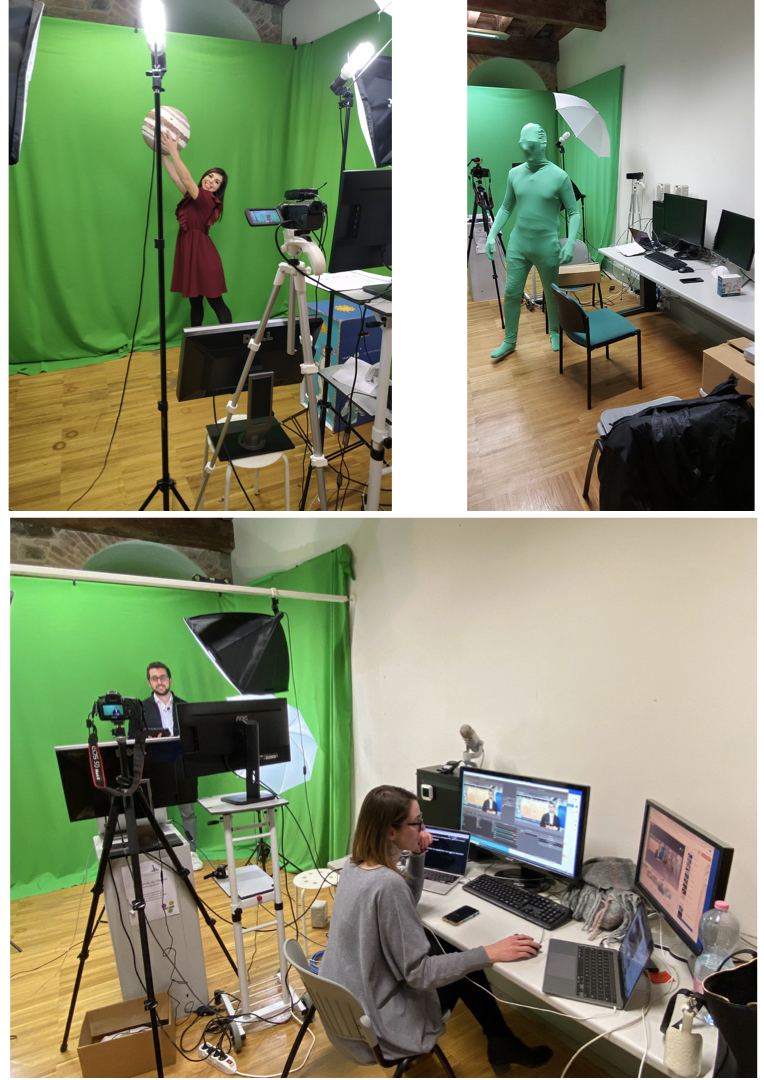“Il cielo in salotto” (in English, “The sky in your living room”) is a 1-hour long format launched by EduINAF in 2020/2021, as the Covid-19 pandemic unfolded, for live streaming events linked to astronomical phenomena – planetary alignments, eclipses, the full Moon, comets, etc. – on Youtube and Facebook. Initially meant to broadcast live telescope observations from the INAF network of observatories around the Italian peninsula (that had to close their doors to in-person visits for many months), the format evolved to also include 3D models of celestial objects, virtual tours of the observatories and their museums, and public engagement campaigns. Since Dec 2020, we planned 9 livestreams with a production team of 7 people (the authors, each with a fraction of FTE), collaborating with colleagues at 4+ observatories, guest scientists, amateur astronomy associations and other partners.
EduINAF is the online magazine of the National Institute for Astrophysics dedicated to education and public outreach, publishing regular content monthly.



